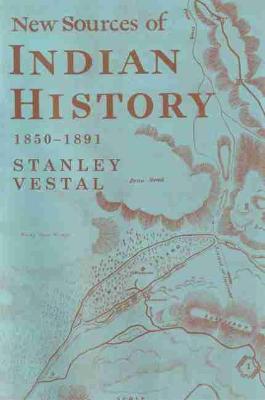The Civilization of the American Indian
2 total works
The stirring account of the death throes of a mighty nation and its leader is the story of the ""greatest of the Sioux"" and his struggle to keep his people free and united. The Sioux were formidable warriors, as attested to by men who fought against them, like General Anson Mills, who said, ""They were the best cavalry in the world; their like will never be seen again,"" but they were up against an overwhelming tide of soldiers, homesteaders, and bureaucrats. Sitting Bull fought long and hard and ""He was ... a statesman, one of the most farsighted we have had,"" but statesmanship could not prevail against such odds.
This powerful biography of Sitting Bull is brought to a new generation of readers in h a new and expanded edition, for much new material had been added to the original edition (published in 1932) that could not be disclosed while the informants were still living. Sitting Bull is a moving account of the epic courage of one man in the face of his inevitable defeat as the last defender of his people's rights.
In New Sources of Indian History, Stanley Vestal traced scores of historical threads, obtained firsthand, which helped reveal the fabric of Sioux life, warfare, and relations with the whites from 1850 to 1891. This miscellany brings together the many phases of existence the Sioux knew when buffalo still roamed the shores of the Missouri, cultural aspects they lost when Indian agencies and military posts replaced the council fire.
More than a series of episodes hung on the thread of time, this book portrays a many-colored pattern of American Indian personalities - from Sitting Bull, the leader of a mighty warrior society, to Black Bull, the Indian trickster, who would have sold Sioux lands to whites by the pound. For readers of Vestal's Sitting Bull (1932) this volume presents proof of the facts set forth in that remarkable biography.

